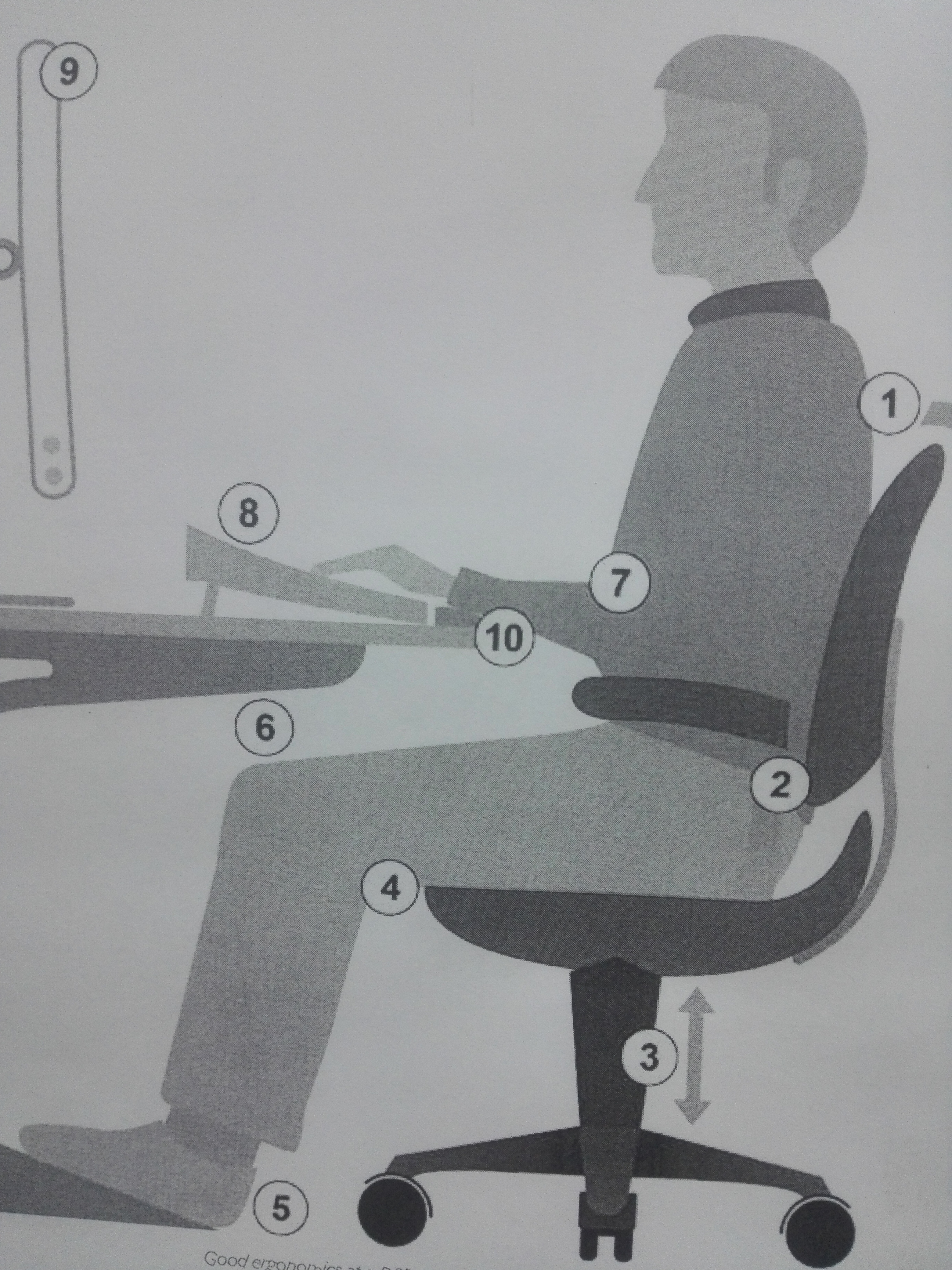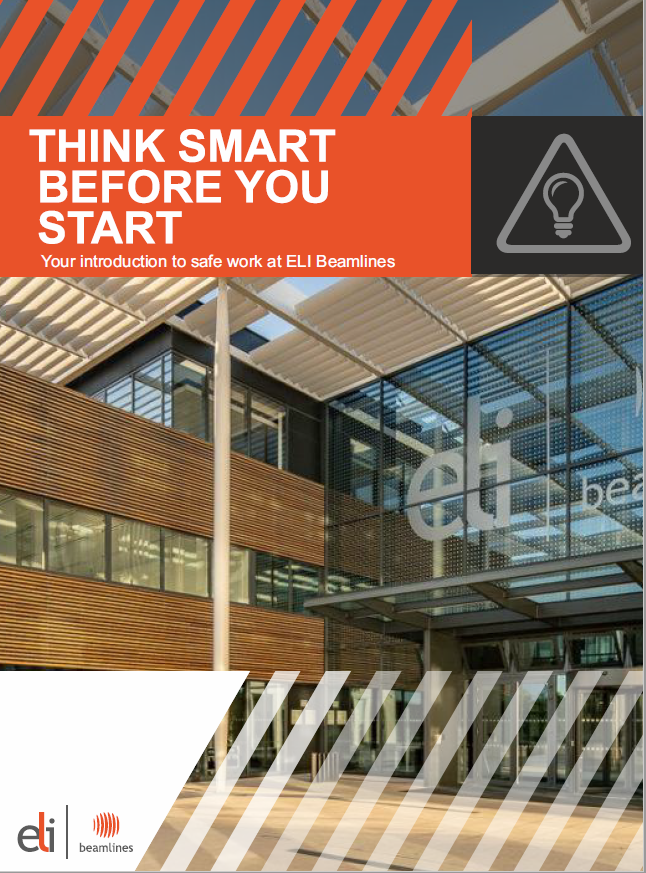Information
-
Audit Title
-
Document No.
-
Client / Site
-
Conducted on
-
Prepared by
1. Campus Safety
-
1.1 Is floor space clear of objects/debris?
-
1.2 Are safe work procedures/warning signs clearly visible?
-
1.3 Are lighting levels satisfactory for operators to utilise equipment safely?
-
1.4 is there a preventative maintenance program in place for plant and equipment in the workshop?
-
1.5 Are residual current devices in use for portable electrical equipment? If appropriate
-
1.6 Are people appropriately trained in plant and equipment?
2. Emergency Response
-
2.1 Are all access and egress points clear of obstructions?
-
2.2 Is emergency exit signage adequate and functioning properly?
-
2.3 Are appropriate fire extinguishers visible and clear of obstructions?
-
2.4 Have fire extinguishers/equipment been serviced in last 6months?
-
2.5 Is the emergency evacuation procedure clearly displayed?
-
2.6 Are first aid kits readily accessible?
-
2.8 Are there first aid personnel identified
-
2.9 All emergency equipment is accessible and storage is maintained appropriately.
-
2.10 All fire/security alarm panels are free from obstructions?
-
2.11 No smoking policy is enforced.
-
2.12 All employees are trained in emergency response processes?
3.Chemical Safety
-
3.1 Is there a hazardous substances register for all chemicals?
-
3.2 Is the MSDS or other safety information available for all chemicals
-
3.3 Are chemicals labelled appropriately?
-
3.4 Are poisons or other drugs kept in locked storage?
-
3.5 Are chemicals stored correctly (i.e only with other compatible chemicals)
-
3.6 Is all shelving compatible with chemicals stored?
-
3.7 Is there not more than one flammable liquid cabinet per 250m of floor space?
-
3.8 Are flammable liquid cabinets at least 3m away from any potential ignition source?
-
3.9 Are all storage refrigerators spark proof?
-
3.10 Is there security restricted access to store areas?
-
3.11 Is there appropriate secondary containment to prevent spread of major spills?
-
3.12 Is personal protective equipment available for use?
-
3.13 Are spill cleanup kits and decontamination material available where needed
-
3.14 Are there approved methods for disposal of all chemicals in the workshop?
-
3.15 Are staff and students aware of procedures in place for use of chemicals in the workshop?
-
3.16 Are gas cylinders in the store segregated by dangerous goods class, with correct separation distances?
-
3.17 Are all gas cylinders securely chained and the valves safe?
-
3.18 Are specialised trolleys available for moving gas cylinders
-
3.19 Are all cylinders at least 3m away from potential ignition sources?
-
3.20 Are gas cylinders stored appropriately within the workshop?
-
3.20 Emergency eye wash are available?
4. Electrical Safety
-
4.1 Electrical items in safe working condition?
-
4.2 Electrical cords are used in approved manner
-
4.3 Clearance is maintained around electrical and circuit breaker panels and they are labelled.
5. General Safety
-
5.1 Are dust/ventilation systems working adequately?
-
5.2 Are electrical appliances correctly tagged?
-
5.3 Are floors and passageways clear of electrical leads?
-
5.4 Are employees aware of health and safety requirements and policies?
-
5.5 Stairways are maintained in a safe manner?
6. Classrooms
-
6.1 Are floors clean and clear of waste?
-
6.2 Are floors in good condition?
-
6.3 Are there holes, worn or loose planks or carpet sticking up?
-
6.4 Is anti slip flooring used where spills, moisture or grease are likely?
-
6.5 Are aisles unobstructed and clearly marked?
-
6.6 Is the workplace lighting adequate? Are stairs well lit?<br><br>
-
6.7 Is equipment in good working order, with necessary guards or safety features operational or in place?
-
6.8 Is equipment damaged or outdated?
7. Administration Building
-
7.1 Floors - Is there loose material or worn carpeting?
-
7.2 Floors - Are the floors slippery, oily or wet?
-
7.3 Walkways - Are they clear and unblocked?
-
7.4 Equipment - Chairs in good condition?
-
7.5 Equipment - Sharp edges on desks and cabinets?
-
7.6 Poor ergonomics - key boards and chair adjustments.
-
7.7 Are storage shelves overloaded or beyond their rated capacity?
-
7.8 Are large and heavy objects stored on lower shelves?
-
7.9 Building - Do doors open properly?
-
7.10 Building - Is kitchen area and toilets clean?
-
7.11 Building - Do entry and exit points provide worker personal security at night?
-
7.12 General - Are electrical or telephone cords exposed in areas where employees walk?
-
7.13 General - Is electrical wiring properly concealed?
-
7.14 General - Are paper and waste properly disposed of?
-
7.15 General - Are desk and file drawers and filing drawers closed when not in use?<br>












